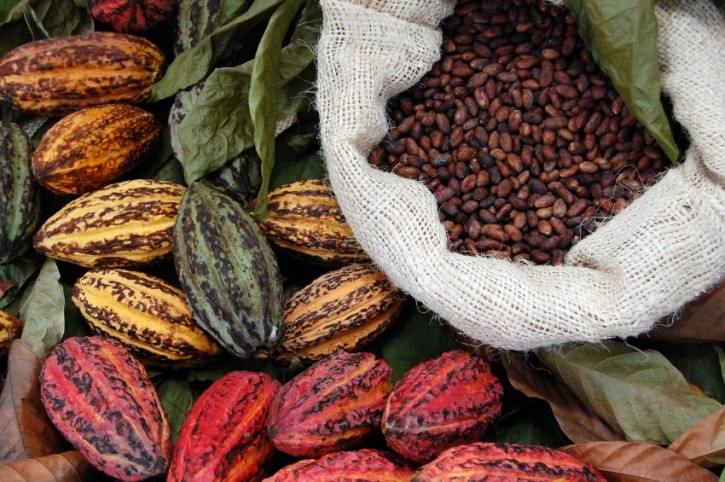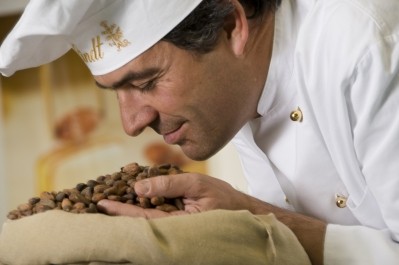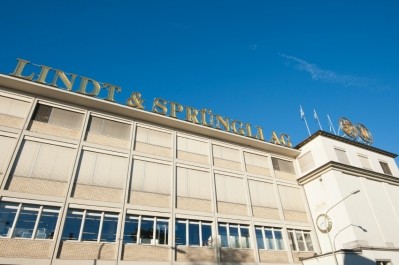A peek at Lindt’s sustainable cocoa commitments

Fund allocation
Nathalie Zagoda, corporate communications for Lindt, told this site: “The division of the CHF 250m foundations is not yet finally defined - but will be approximately equal.”
The money was made available through realignment of Lindt’s ‘Fund for Supplementary Pensions of Chocoladefabriken Lindt & Sprüngli AG’.
Funds will be spent on projects by third party organizations, which are as yet undecided.
The aim of the Cocoa Foundation is to achieve social and ecological sustainability in cocoa production and for other raw materials used in chocolate production, said Zagoda.
It runs alongside Lindt’s existing sourcing program, which includes $5.5 million spent in the last 4 years for local infrastructure, social, and health projects in cocoa growing communities.
Lindt sources its cocoa from countries including Ghana, Ecuador and Madagascar as well as the Caribbean.
Traceable cocoa: 75% covered; plans to scale up
Lindt has its own Geo Traceablity Project which it says will cover 42,000 farmers between 2012 and 2016 across 34 Lindt districts in Ghana.
“It is Lindt’s intention that this independent verification process will be extended to cover Lindt’s entire cocoa supply chain by 2020, reaching at least the same level as the well-known certification labels,” said Zagoda.
Around three quarters of Lindt’s cocoa supply is currently traceable.
Not using third party labels
Lindt says that “for quality reasons” it cannot dispense with the procurement of cocoa beans.
“Lindt & Sprüngli believes that it is the right way to have control over the entire supply chain our self instead of leaving this very important task and responsibility to a third party (label organization) “ said Zagoda.
The company decided six years ago not to rely on third party labels such as Fairtrade and Rainforest Alliance.
Zagoda said this was because, “Lindt & Sprüngli does not want to split its product portfolio into few ‘Fairtrade’ labeled products and ‘others’”.
Cocoa beans from third party certifiers carry a premium of around $200 per ton, which in principal goes towards paying farmers more and improving communities.
Lindt pays a premium of $60 on each ton of cocoa sourced from Ghana that goes to SourceTrust, a foundation run by cocoa trader Armajaro.
Traceability in Ghana
Lindt has been involved in the Ghana Traceable project with Armajaro and Source Trust since 2008 and has invested $5.5m in infrastructure and social projects. It is the founding manufacturing partner of the project that now includes Hershey, Ferrero, Toms and Meiji.
In its annual report it says it is the largest buyer of traceable beans from Ghana. The project traces cocoa beans back to the community in which they were grown, enabling partners to the project to respond to socially reprehensible practices such as forced child labor.
It plans to begin a similar project with small quantities of traceable cocoa in Ecuador and Madagascar.








